Moving into the future

As a car-obsessed child of the early ’90s, I’d often find myself fantasising about all the wild, new automotive advancements that were – surely – just around the corner.
Decade after decade, I watched in awe as big-name marques released outlandish concept cars like the Toyota C+pod and Ford Synergy, designed to showcase the latest technology that would, supposedly, become the norm.
Much to my dismay, most of these models never made it to market.
Today though, things are different. The automotive industry is going through a transformative period, the likes of which has never been experienced before.
Attitudes toward, and practices around fuel, infrastructure and modes of ownership are rapidly evolving, setting the wheels of change in motion.
So, prime yourself for that next dinner conversation about what transport will look like in the future, with our overview of some growth areas.
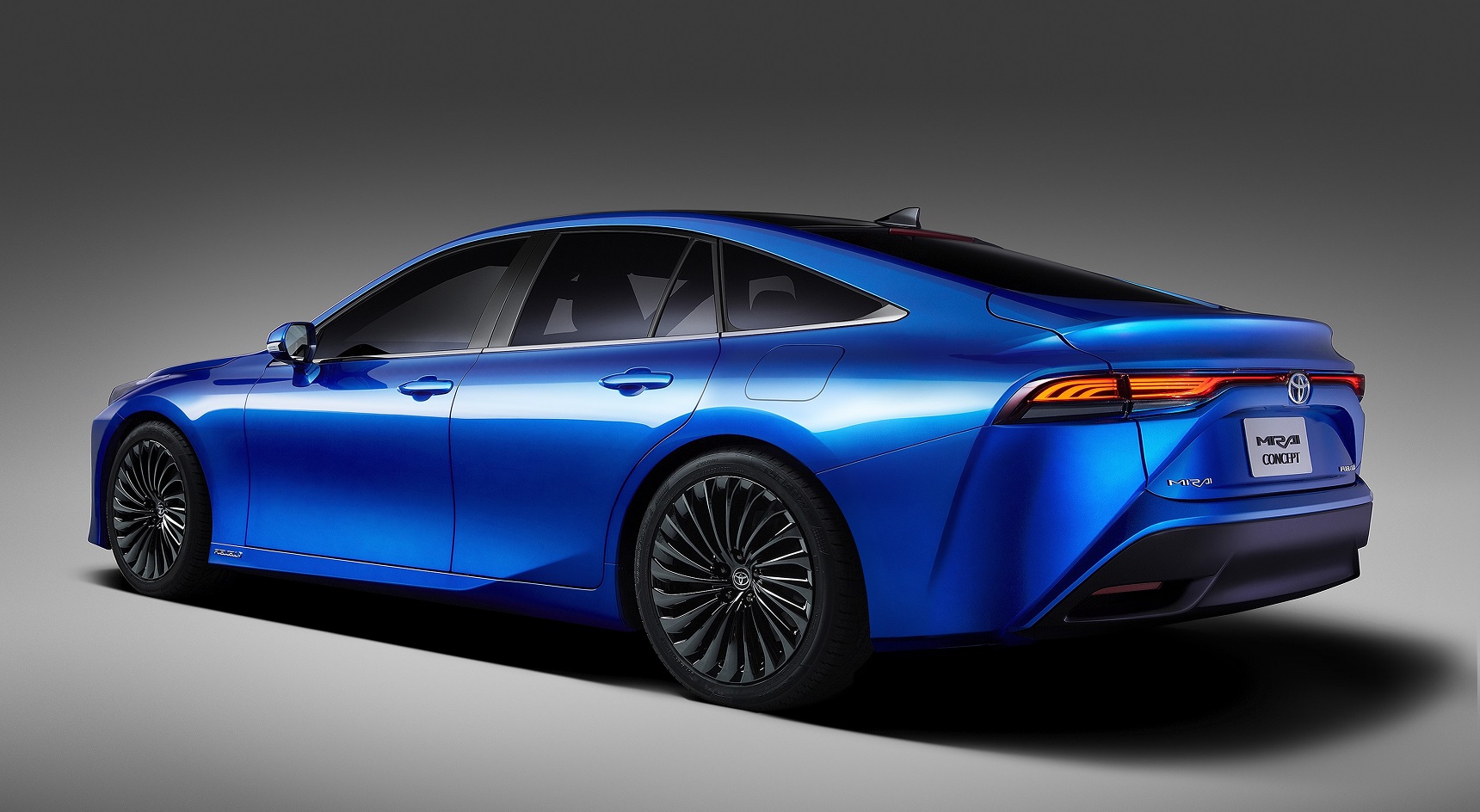
Fuel
Most cars on our roads these days are petrol-powered, but a shift is in the air, and at the pump.
Electricity
Of all fuel types, electricity is the future forerunner, with more and more motorists making the switch.
A 2020 RAA survey found more than 40% of South Australian motorists would consider buying an electric vehicle as their next car.
Australia-wide, the number of registered electric vehicles increased by 63.2% from 2020 to 2021, according to figures recently released by the Australian Bureau of Statistics.
So how exactly do electric vehicles work? Let’s break it down.
HEVs (hybrid electric vehicles) are powered by a conventional engine and an electric motor. The traditional engine does most of the work, while the electric motor assists, with the main goal of improving fuel economy.
PHEVs (plug-in hybrid electric vehicles) work similarly to HEVs, except their batteries are bigger and can be plugged in to charge. Also, their electric engines are more powerful than those in hybrids and can propel the car without the use of a conventional engine.
BEVs (battery electric vehicles, like the Tesla Model S) also known as pure electric vehicles, are powered only by batteries.
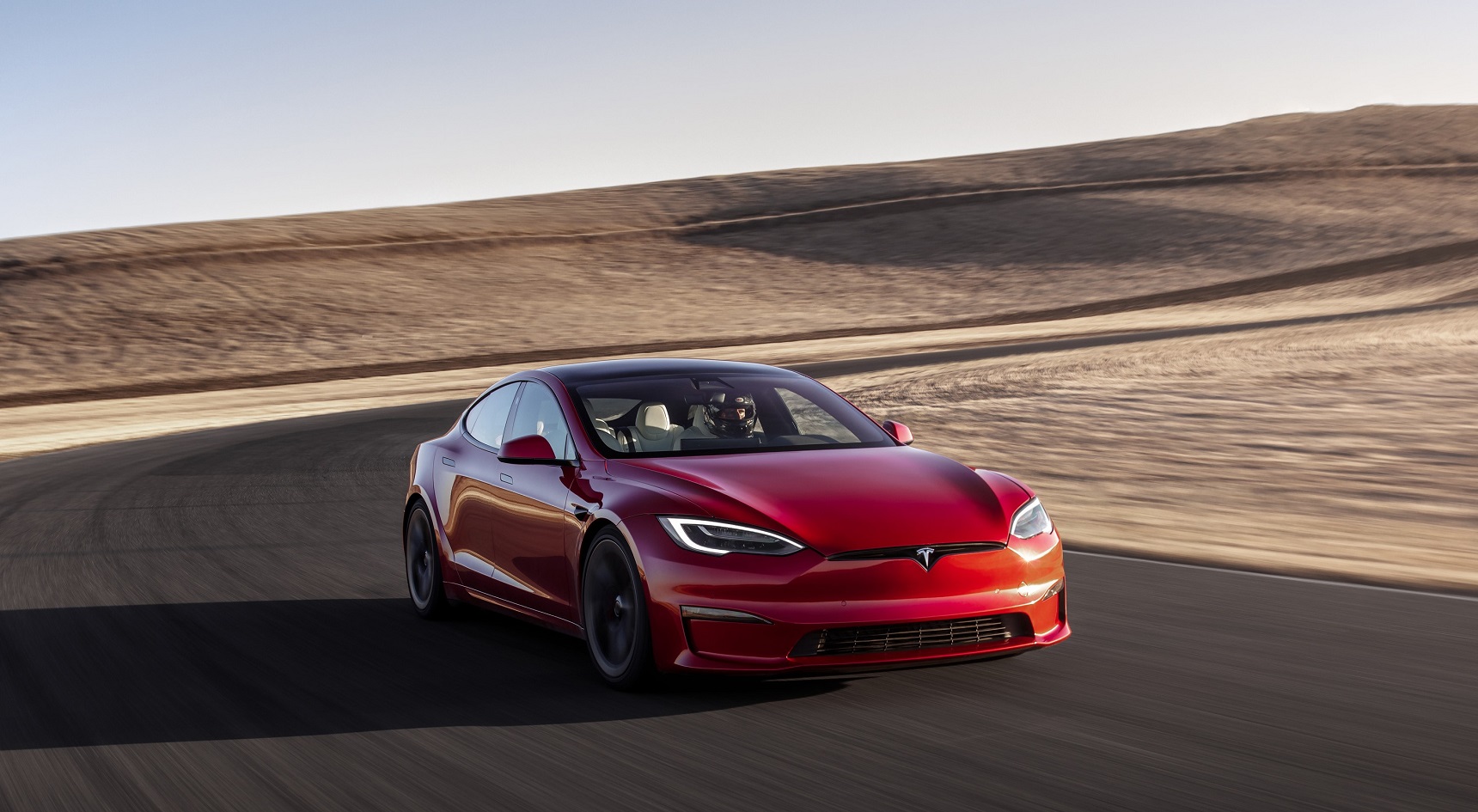
So, what might the future look like for EVs? Mark Borlace – RAA Mobility Technology Specialist – has some ideas.
“Currently, the main obstacles to EV uptake are price, range and public charging infrastructure, but developments to overcome these issues are gaining pace,” he says.
“Many potential owners are still uncertain about how long EV batteries will last, and the cost to replace them.
“But as the market becomes more confident that EV batteries have a similar lifespan to traditional engines, and batteries are able to be replaced or reconditioned at a reasonable price, we’re likely to see those concerns reduce, and more people buying second-hand EVs.”
Looking to the future, Mr Borlace predicts EV prices will drop. There’ll also come a time when we’ll be able to exchange batteries between models.
“Some studies have forecast that in Europe, the price of new EVs and conventional vehicles will be the same within 5 to 6 years,” he says.
“Currently, batteries are integrated into the structure of EVs, but there will be innovations in battery technology, allowing batteries to be swapped – this will allow the integration of different technologies that will significantly reduce charging times.”
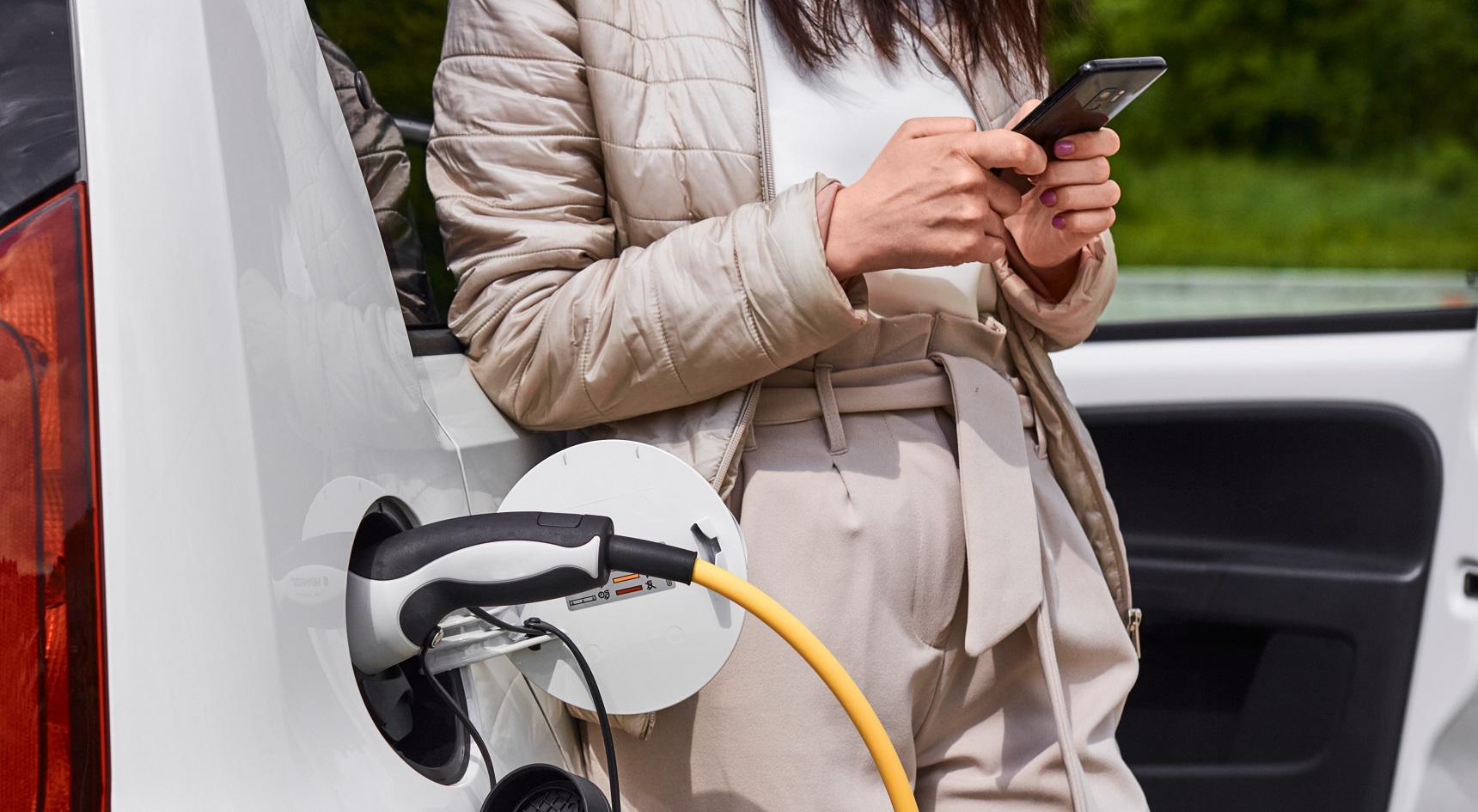
Hydrogen
Hydrogen vehicles, also known as FCEVs (fuel-cell electric vehicles) run on electricity, but their batteries don’t need to be recharged at a power outlet.
Their tanks – made of carbon-fibre – are similar to those found in petrol-powered vehicles, but instead are filled with hydrogen gas.
The gas then mixes with oxygen from the air, in a fuel cell, to create electricity. This both drives the car and can charge the battery. As long as there’s hydrogen in the tank, the vehicle’s electric motor will continue to run.
Hydrogen cars have a similar range to petrol cars, and water vapour is the only thing leaving the tailpipe.
Currently, in Australia, hydrogen-powered vehicles can’t be bought by the public. This is mainly due to a lack of refuelling infrastructure, but 2 major automotive brands are paving the way for future change.
Earlier this year, Toyota and Hyundai Australia both launched hydrogen-car fleet trials, testing hydrogen technology in real-life on-road scenarios.
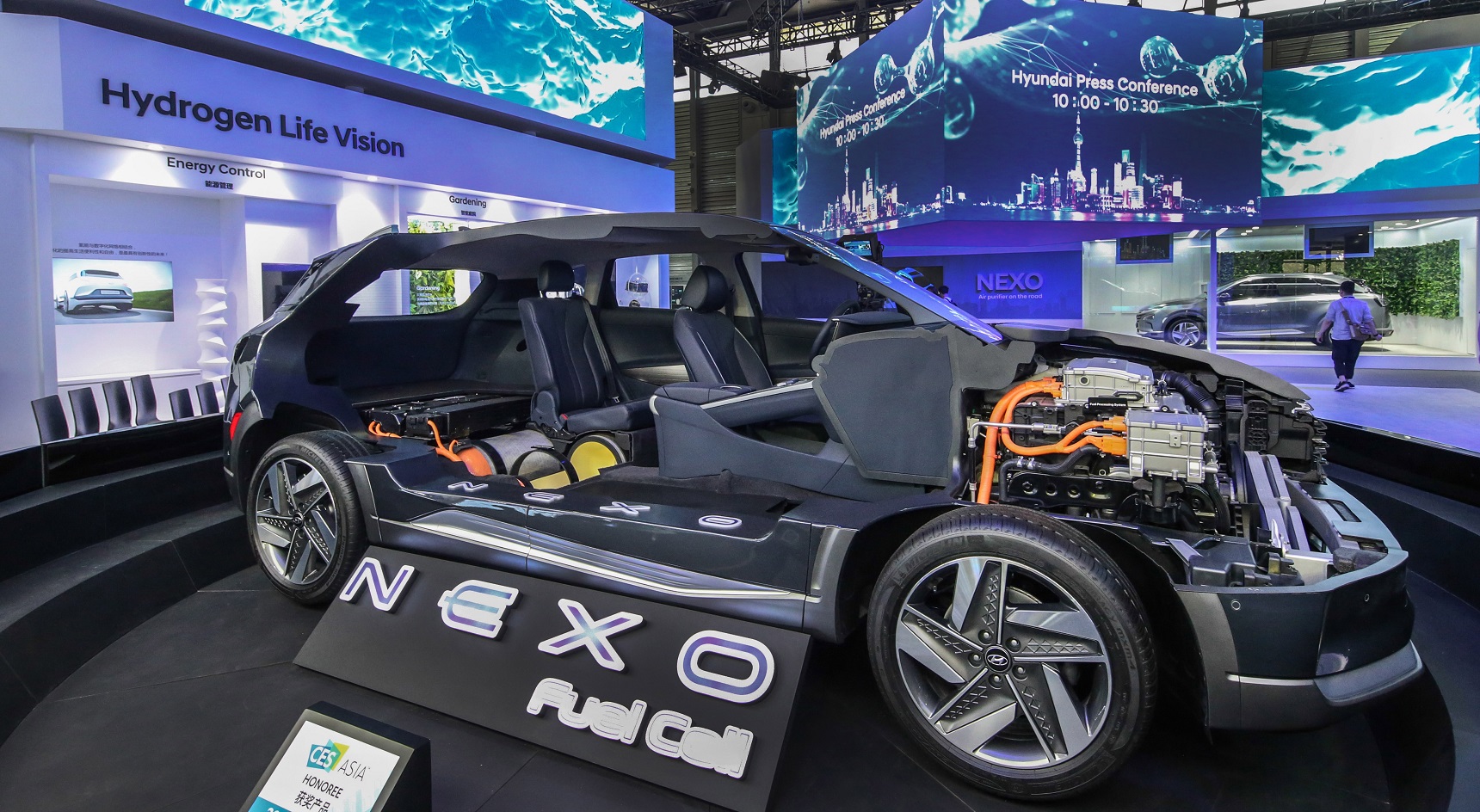
Toyota leased 20 of its Mirai FCEVs to businesses and organisations in Melbourne for private use over the next 3 years. Hyundai’s trial is happening in Canberra, with 20 of its Nexo vehicles.
Matt MacLeod, Toyota Australia’s Manager of Advanced Technology Vehicles, says the trials are helping normalise the new technology while providing vital insights into how hydrogen cars perform on Australian roads.
“It’s a great opportunity to highlight the fact that these cars drive just like any other vehicle, except they don’t make any engine noise and emit nothing but water vapour,” Mr MacLeod says.
“It’s an exciting first step to not only build greater awareness about this new technology, but it’s also a step towards a cleaner, greener future.”
Hydrogen Mobility Australia CEO, Claire Johnson, says the trials will help grow the hydrogen industry and quicken infrastructure development.
“Hydrogen mobility is being recognised by governments around the world to meet their environmental and economic goals. In Australia, we are working with governments at all levels to accelerate the introduction of hydrogen transport with positive progress to date, however public-private partnerships will be essential for the long-term success of this important sector,” she says.
Toyota is gearing up to release its Mirai to the Australian market within the next two to three years. It has been available in Japan since 2014.
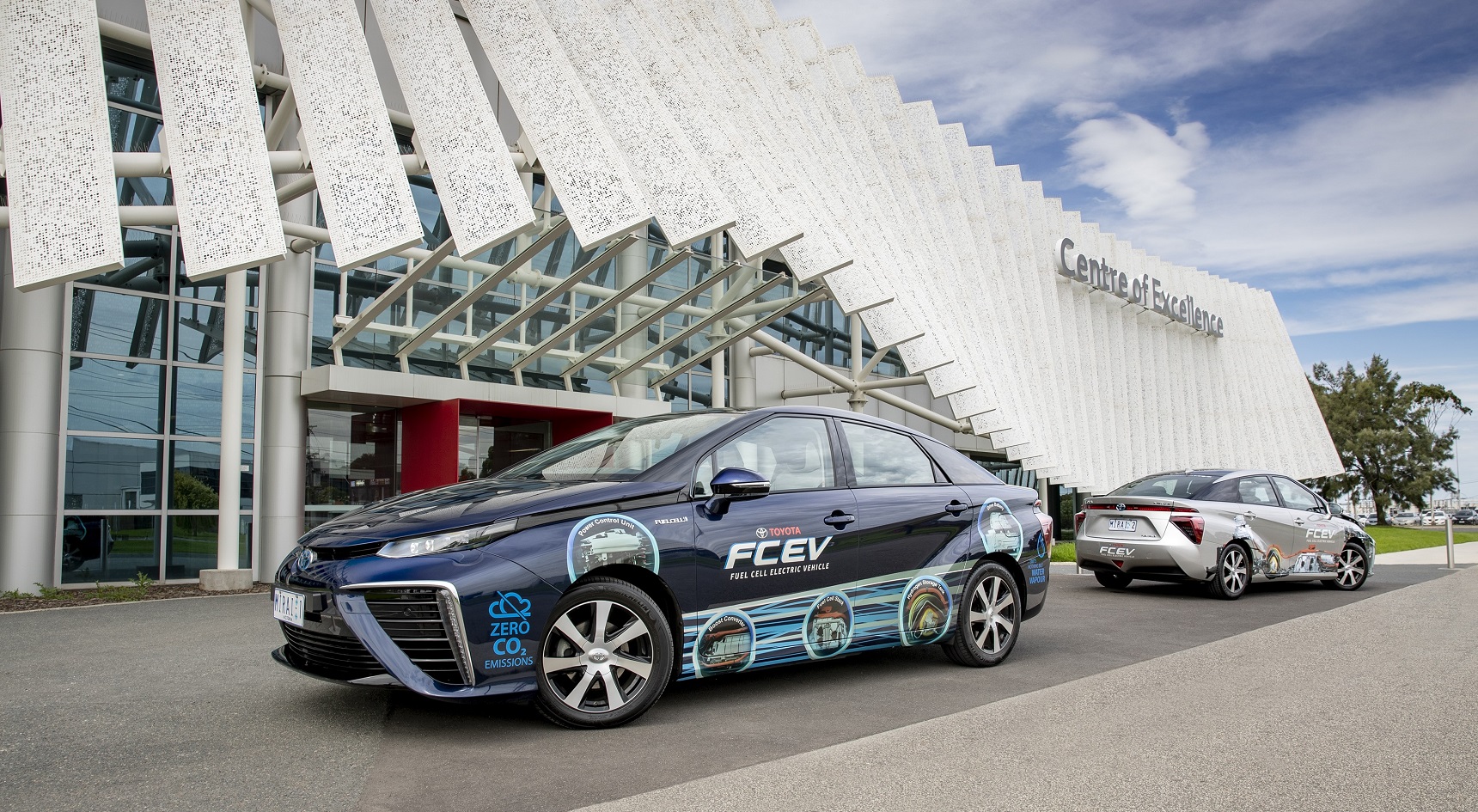
Charging infrastructure
Electric charging infrastructure
In May this year, the South Australian Government announced it will install 530 new fast-charging stations across the state by 2023. The proposed network includes stations in Marla, Leigh Creek, Ceduna, Renmark and Mount Gambier, eliminating major roadblocks for potential EV buyers in regional areas.
South Australia’s Electric Vehicle Action Plan aims to make SA a national leader in electric vehicle uptake and smart charging by 2025, harnessing renewable energy to lower motoring costs, air, noise and carbon pollution.
As part of the plan, the government is investing $13.4 million to grow the state’s EV charging network and $3.6 million to fund EV charging trials.
Supermarkets, motels, holiday parks and petrol stations are among more than 600 SA sites that have registered to host EV charging stations.
The EV Action Plan’s overarching goal is for electric vehicles to be the common choice for motorists in SA by 2030, and the default choice by 2035, in line with the state achieving net zero emissions by 2050.


